Heinrich Himmler was born on October 7, 1900 to a middle-class family in Munich, Germany. In his early life, he had a strong desire to join the army. But World War I ended soon after he came of age to join the military, and restrictions placed on the German army in the Treaty of Versailles dismissed any chance of a military career. Instead, Himmler turned his focus to agriculture, and began studying for his degree at the Technical University of Munich. While attending the university, Himmler joined a German-nationalist student group where he began to read racist and nationalistic literature. Due to the political climate of the interwar years, such material was popular among right-wing radical Germans. By the time Himmler obtained his degree in 1922, he was a fanatic nationalist.
In August 1923, Himmler joined the Nazi Party. Idolizing the party’s leader, Adolph Hitler, Himmler quit his job and devoted his career to the party. On November 9, 1923, Himmler marched alongside Hitler, Ernst Röhm, Hermann Göring, and other Nazi leaders in the Beer Hall Putsch. The failed coup placed Hitler temporarily in jail, and Himmler found work building his reputation within the Nazi Party. He gave many speeches that followed themes of the German race, the need for German expansion, and the struggle against enemies of Germany.
Himmler, pictured with Nazi leader Adolph Hitler as he salutes passing SS troops. Courtesy of the United States Holocaust Memorial Museum.
In 1929, Hitler appointed Himmler Reichsführer of the Schutzstaffel (SS.) At the time, the SS served as bodyguards for Hitler and other top Nazi leaders. As the newly appointed leader of the SS, Himmler sought to develop an elite faction of the Nazi Party. In 1929, the SS totaled 280 men. By the time the Nazis came to power in 1933, Himmler had grown the SS to 52,000. Himmler inducted two new functions for the SS—internal security and guardianship over racial purity. In 1931, Himmler established the Sicherheitsdienst (Security Service, or SD) to gather intelligence and monitor opponents within the Nazi Party, leaders of other political parties, and government officials. In 1934, the SD was distinguished as the sole political intelligence agency for Germany. Five years later, in September 1939, Himmler fused the SD with the Reich Security Main Office (RSHA.)
A portrait of Himmler in his Reichsfuhrer SS uniform. Courtesy of Yad Vashem.
Following the Nazi’s invasion of Poland, in 1939 Hitler appointed Himmler as the Reich Commissar for the Strengthening of the German Ethnic Stock. This new position authorized Himmler and the SS to have complete control over German resettlement in areas of occupied Poland and eventually the Soviet Union in 1941. Himmler had complete say over who was German, where ethnic Germans should live, and which populations should be moved out or destroyed to make room for resettled Germans. Himmler’s plan for resettlement would be conducted with the help of the Einsatzgruppen, also known as the SS’s mobile killing units. The Einsatzgruppen was tasked to initiate and partake in mass murder of Jews, government officials, Roma, and people with disabilities, no matter the age or gender.
Himmler visiting a site near Minsk, Belorussia where he observed an Einsatzgruppen Aktion and witnessed the mass murder of local Jews. Courtesy of Yad Vashem.
Einsatzgruppen activity increased with the invasion of the Soviet Union. In the Soviet Union, Einsatzgruppen units would follow army groups to secure territory following a battle. Known as Aktions, members of the Einsatzgruppen, with the help of Waffen SS and collaborative police units, rounded up victims and marched them to a killing site. If mass graves were not already dug, the victims would be forced to dig the graves themselves. All Aktions generally followed the same method. Victims were stripped of their clothes and valuables, placed before the mass grave, and shot. One of the most well-known Aktions occurred at Babi Yar, a ravine in Kiev, where 33,771 Jews were shot and buried in mass graves. In total, at least 1.5 million Holocaust victims died in mass shootings or gas vans in Soviet territory.
Himmler’s atrocities did not stop in the Soviet Union. Within the history of World War II, Himmler is best known for his role in the implementation of the Nazi concentration camp system and the Holocaust. In 1933, Himmler established the Nazi’s first concentration camp in an abandoned munitions factory at Dachau. Initially, concentration camps were made for the purpose of housing political prisoners. The first prisoners of Dachau consisted of communists, social democrats, and other political opponents to the Nazi regime. Hitler, impressed with Dachau, authorized Himmler to establish an entire system of concentration camps. By the end of the war, the Nazi camp system grew to contain thousands of camps including concentration camps, forced labor camps, POW camps, transit camps, and killing centers.
In 1941, Himmler assigned General Odilo Globocnik with the implementation of Operation Reinhard. The operation, named after the SS General Reinhard Heydrich, was the constructed plan to systematically murder the Jews of occupied Poland, and later the entirety of European Jewry. With Operation Reinhard, Himmler established three killing centers in Poland—Belzec, Sobibor, and Treblinka. More killing centers came to follow. Chelmno, the first camp to test the use of the killing by gassing, became a killing site where at least 152,000 people were killed. Majdanek served time to time as a killing center, used primarily to kill forced Jewish laborers who were too weak to work. The last camp Himmler designated as a killing center was Auschwitz-Birkenau in the spring of 1942. Standing as a symbol for the Holocaust and the Nazi camp system, approximately one million Jewish men, women, and children from various European countries perished at Auschwitz. Under the direction of Himmler, the Nazis murdered nearly 2,700,000 Jews, political prisoners, Roma, a-socials, homosexuals, and others in these killing centers by either asphyxiation with gas or shooting.
A photo of bodies discovered in a storeroom at Auschwitz. Death was a common sight throughout Himmler's concentration camp system. Courtesy of the United States Holocaust Memorial Museum.
After a failed assassination attempt on Hitler in July 1944, Himmler began to formulate a negotiation for a separate peace with the western Allies while Germany continued to fight the Soviet Union. He even considered using prisoners within the concentration camps as a bargaining chip to initiate the negotiations. The Allies, though, could not consider negotiating with a man who was as implicated in Nazi war crimes as Himmler. In April 1945, Himmler asked the President of the Swedish Red Cross, Count Folke Bernadotte, to transmit his offer of surrender to the Supreme Commander of the Allied Forces, Dwight D. Eisenhower. Word of Himmler’s offer reached Hitler, who then stripped Himmler of his positions and ordered his arrest. Himmler attempted to escape the Third Reich by dressing in a Secret Field Police uniform and shaving his mustache, equipped with papers assigned to Heinrich Hitzinger. He was captured by Russians on May 20, 1945 and then turned over to the British, to whom he confessed his identity. Three days later, on May 23, 1945, Himmler committed suicide by biting on a cyanide capsule that was hidden in his mouth.
The body of Heinrich Himmler following his suicide while in British custody. Courtesy of the United States Holocaust Memorial Museum.
Hitler entrusted Himmler with the implementation of “The Final Solution of the Jewish Question,” and in turn six million Jews lost their lives in the Holocaust. In the Soviet Union, Himmler’s Einsatzgruppen units became responsible for the deaths of another nearly two million people. Seventy five years later, when looking upon the legacy left behind by Himmler, it is a legacy of terror and violence. Himmler managed to use his own position and privileges to put in place his racist views across Europe and the Soviet Union. Serving as Hitler’s right-hand man, Himmler was a true architect of terror during World War II.
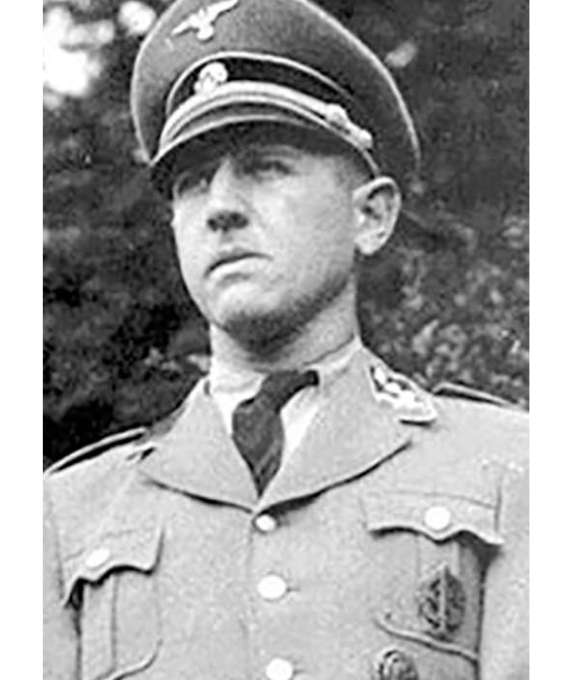
Organizing Genocide: Theodor Dannecker, Eichmann's Deportation Specialist
Theodor Dannecker helped Adolf Eichmann administer a continent-wide genocide.
This article is part of an ongoing series commemorating the 75th anniversary of the end of World War II made possible by Bank of America.
Connie Gentry
Cite this article:
MLA Citation:
APA Citation:
Chicago Style Citation:
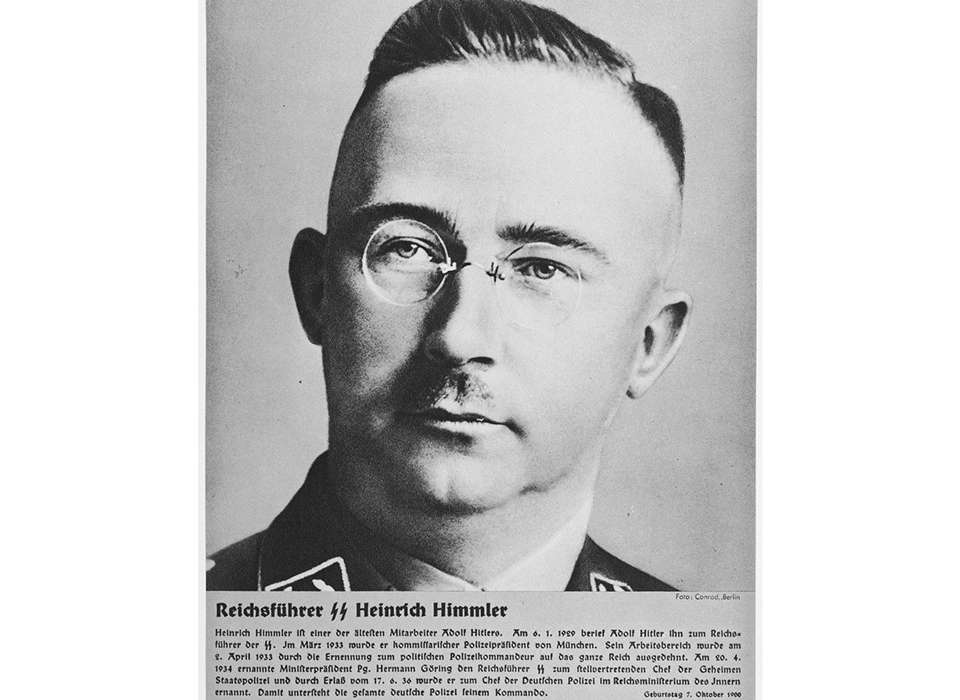
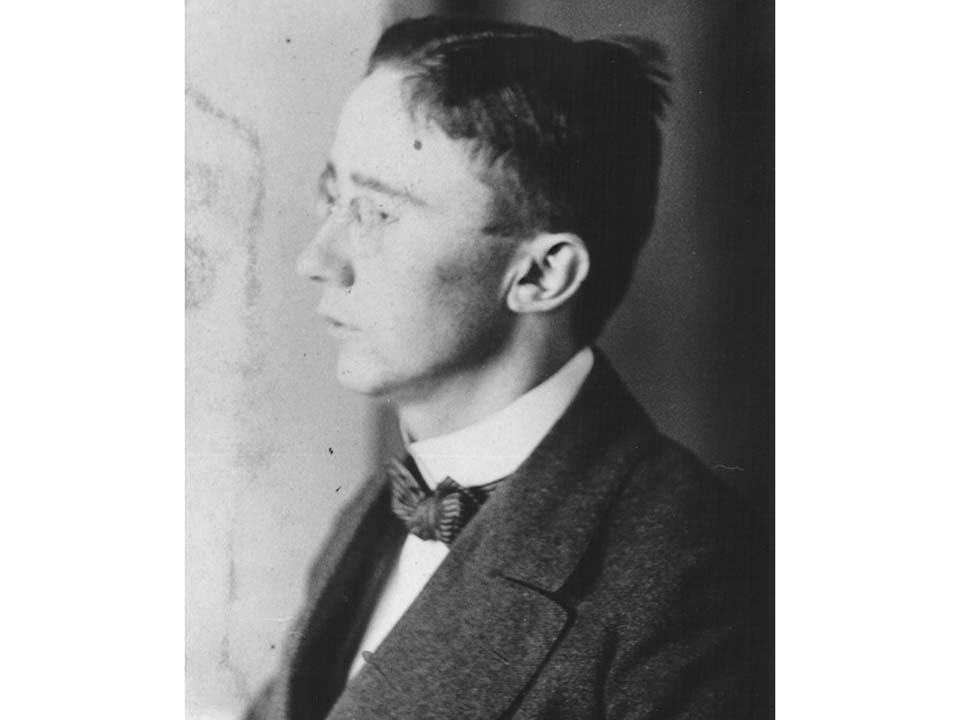
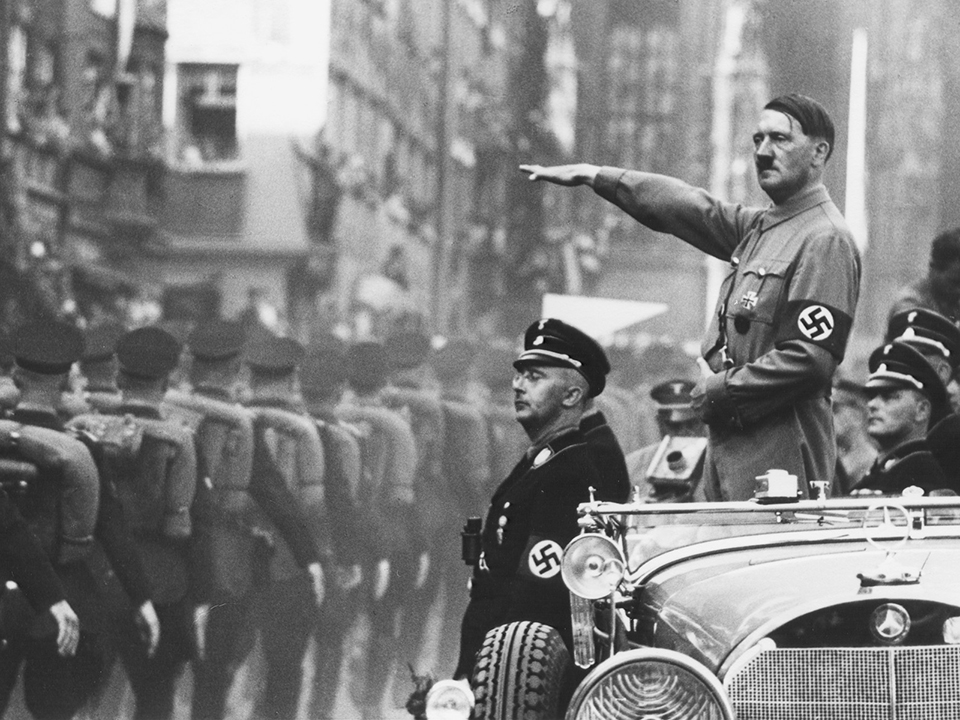
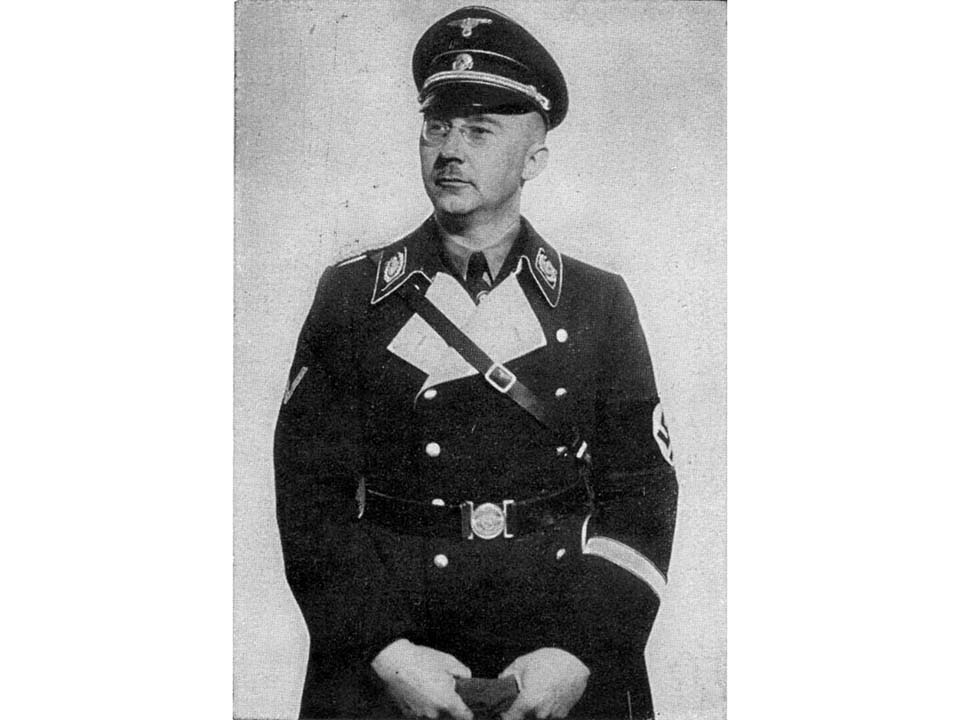
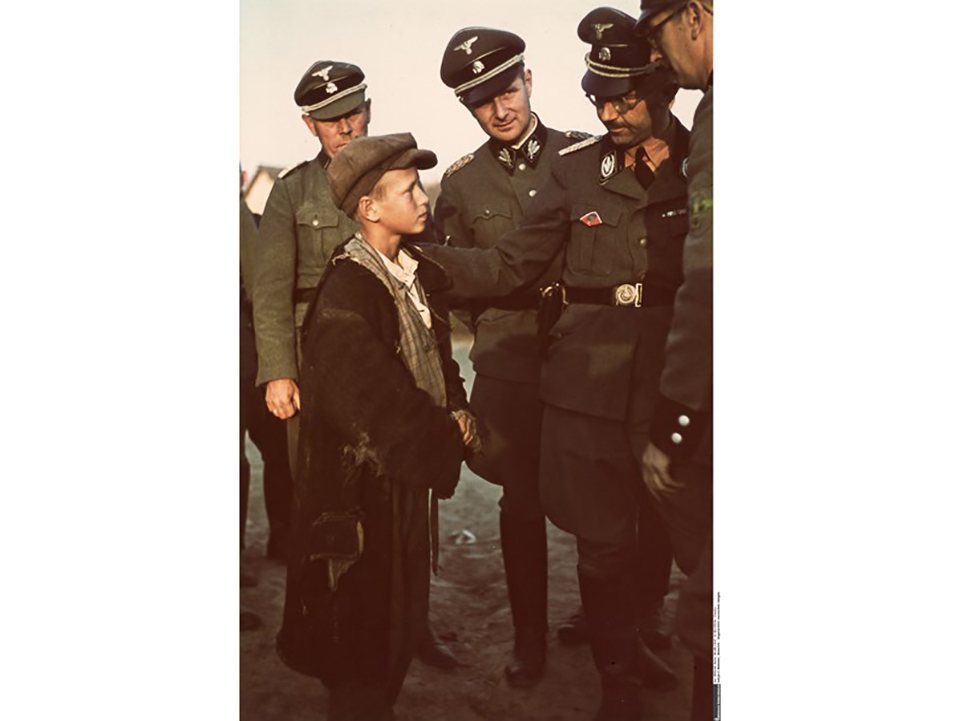
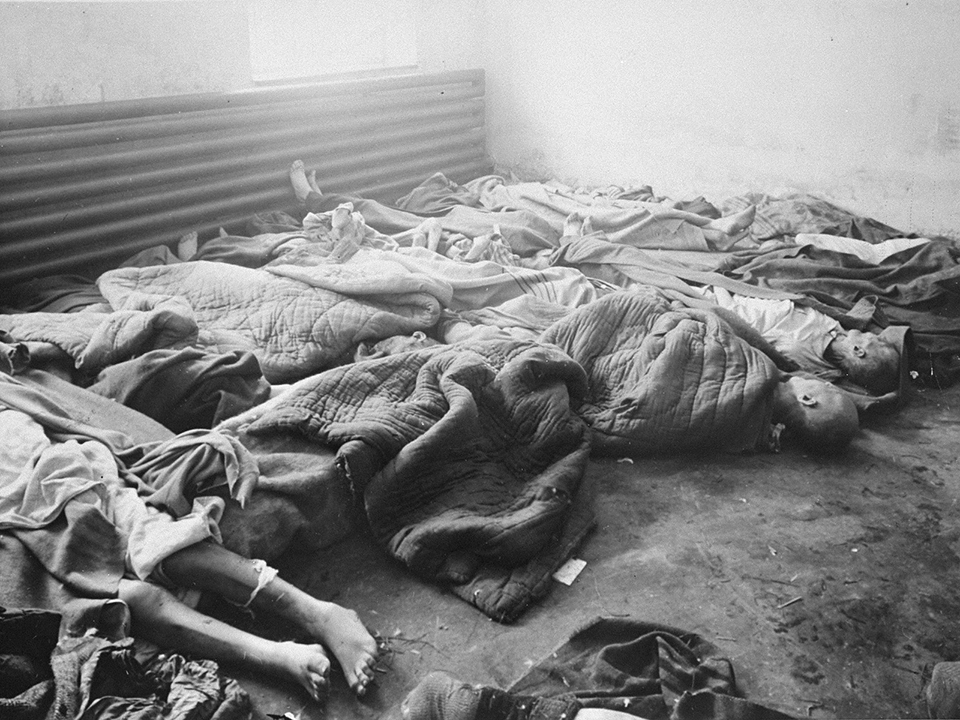
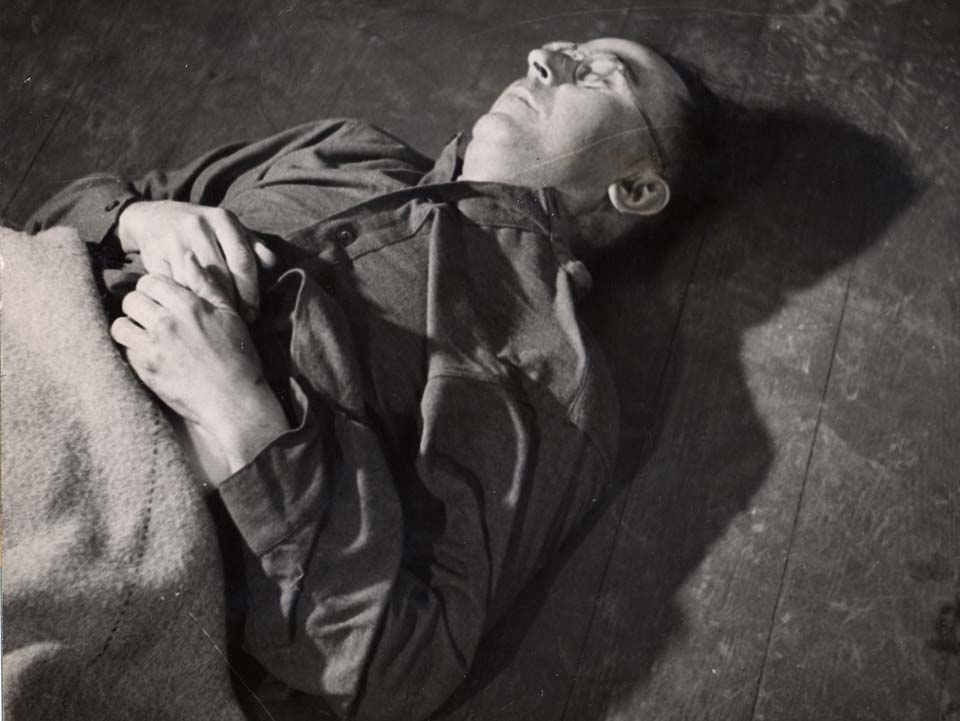





![Max Fuchs, New York City cantor, sings as Rabbi Sydney [sic] Lefkowitz, Richmond, VA, conducts the first Jewish services from Germany.](/sites/default/files/styles/max_650x650/public/2025-10/image1.jpg)



